Why You Have Dark Circles (and What Actually Works to Fix Them)
Dark circles under your eyes aren’t just a sign of a late night—they’re a multifactorial skin concern influenced by genetics, aging, lifestyle, and underlying skin biology. And while there’s no one-size-fits-all fix, science has helped us understand what really works to reduce their appearance.
In this blog, we’ll break down:
-
The real causes of dark circles (hint: it’s not just sleep!)
-
Research-backed treatments that actually work
-
How Rejûvaskin Retinoid Eye Cream targets dark circles safely & effectively
What Causes Dark Circles? A Look Beneath the Surface
Dark circles aren't caused by just one thing. According to multiple dermatological studies, the condition is often multifactorial, meaning several underlying causes may contribute at once (Freitag & Cestari, 2007), (Murdoch, 2016).
1. Genetics & Skin Structure
-
Some people inherit thin under-eye skin or prominent blood vessels that create a shadowy appearance.
-
Periorbital hyperpigmentation is also more common in people with darker skin tones (Rao, 2014).
2. Aging
-
As we age, collagen breaks down, skin becomes thinner, and fat pads shift, casting shadows and increasing discoloration.
-
Aging also increases vascular visibility and the appearance of tear troughs (Vrcek et al., 2016).
3. Poor Circulation & Blood Stagnation
-
Studies show that sluggish blood flow and heme accumulation under the eyes can contribute to dark coloration and puffiness (Masuda et al., 2004).
4. Inflammation and Allergies
-
Allergic rhinitis and sinus congestion can restrict lymphatic drainage, leading to puffiness and dark shadows—often called “allergic shiners”.
5. Lifestyle Habits
-
Sleep deprivation, dehydration, and stress can worsen the appearance of existing dark circles.
-
Sun exposure leads to melanin overproduction, making pigmentation darker over time (Roh & Chung, 2009).
What Actually Works to Reduce Dark Circles
The right treatment depends on the cause, but several science-backed methods have shown consistent results.
Retinoids
-
Retinoids stimulate collagen production, improve skin texture, and help fade hyperpigmentation.
-
They’re especially effective in eye creams for thin skin where vascularity is prominent (Marini, 2012).
Hydration & Barrier Repair
-
Moisturizers with ceramides, peptides, and hyaluronic acid support a stronger barrier and reduce shadowing caused by dehydrated, sunken skin.
Antioxidants & Anti-Inflammatories
-
Ingredients like vitamin C, bakuchiol, and fucus extract help combat oxidative stress and pigment buildup (Chavan et al., 2014).
Laser, Fillers, and Peels (in-clinic)
-
In-office treatments like chemical peels, hyaluronic acid fillers, and non-ablative lasers can restore lost volume or reduce pigmentation.
How Rejûvaskin’s Retinoid Eye Cream Helps
At Rejûvaskin, we know that safe, science-backed skincare is the best approach to long-term results. That’s why our Retinoid Eye Cream was developed to target multiple causes of dark circles—gently and effectively.
Why it works:
-
Tri-RetinX Complex™ (HPR, Bakuchiol, and Sea Fennel): Offers all the benefits of retinol with less irritation.
-
Hydrating botanicals: Reduce puffiness and plump skin from within.
-
Barrier support: Strengthens thin, delicate under-eye skin to reduce shadowing and inflammation.
Whether your dark circles are genetic, stress-induced, or age-related, our eye cream works to hydrate, brighten, and smooth the area—without harsh ingredients or downtime.
Best Practices for Brighter Eyes
-
Apply a retinoid eye cream nightly
-
Use sunscreen daily, even under your eyes
-
Get 7–9 hours of sleep to reduce puffiness
-
Stay hydrated and limit salt intake
-
Wear sunglasses to reduce sun-related pigmentation
Dark circles may be stubborn, but they’re not unbeatable. With a better understanding of their causes and a targeted skincare plan—including Rejûvaskin’s Retinoid Eye Cream—you can brighten your eyes and boost your confidence.
Works Cited
-
Chavan, M., Sun, Y., Litchauer, J., & Denis, A. (2014). Fucus extract: cosmetic treatment for under-eye dark circles. Journal of Cosmetic Science. Link
-
Freitag, F. M., & Cestari, T. (2007). What causes dark circles under the eyes? Journal of Cosmetic Dermatology. Link
-
Marini, J. (2012). Scientific investigation and clinical summary: Age intervention dark circle eye defense. Link
-
Murdoch, M. (2016). Dark circles in the periorbital region: diagnosis and treatment options. Journal of Aesthetic Nursing. Link
-
Roh, M., & Chung, K. (2009). Infraorbital dark circles: definition, causes, and treatment options. Dermatologic Surgery. Link
-
Vrcek, I., Ozgur, O. K., & Nakra, T. (2016). Infraorbital dark circles: A review of the pathogenesis, evaluation and treatment. Journal of Cutaneous and Aesthetic Surgery. Link
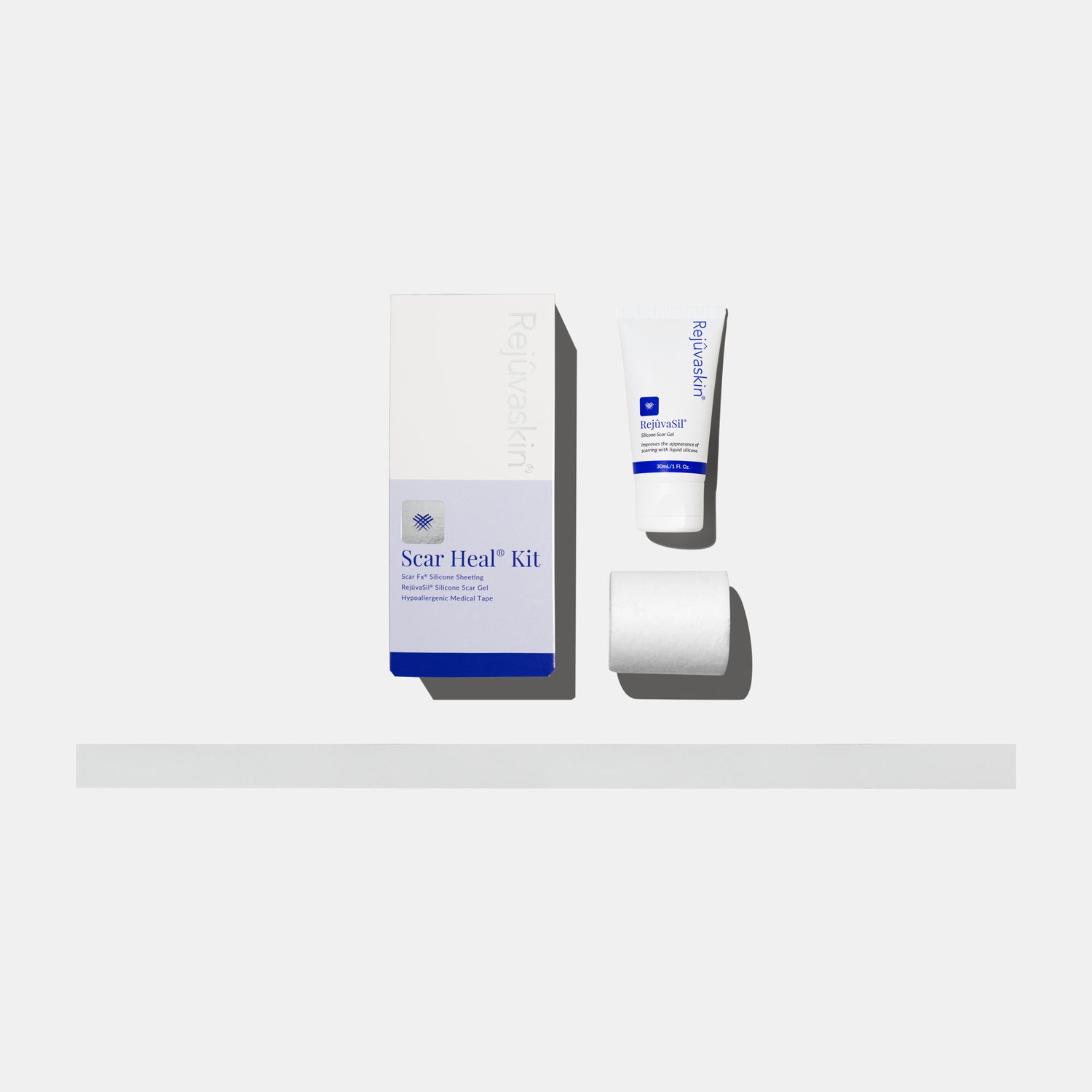


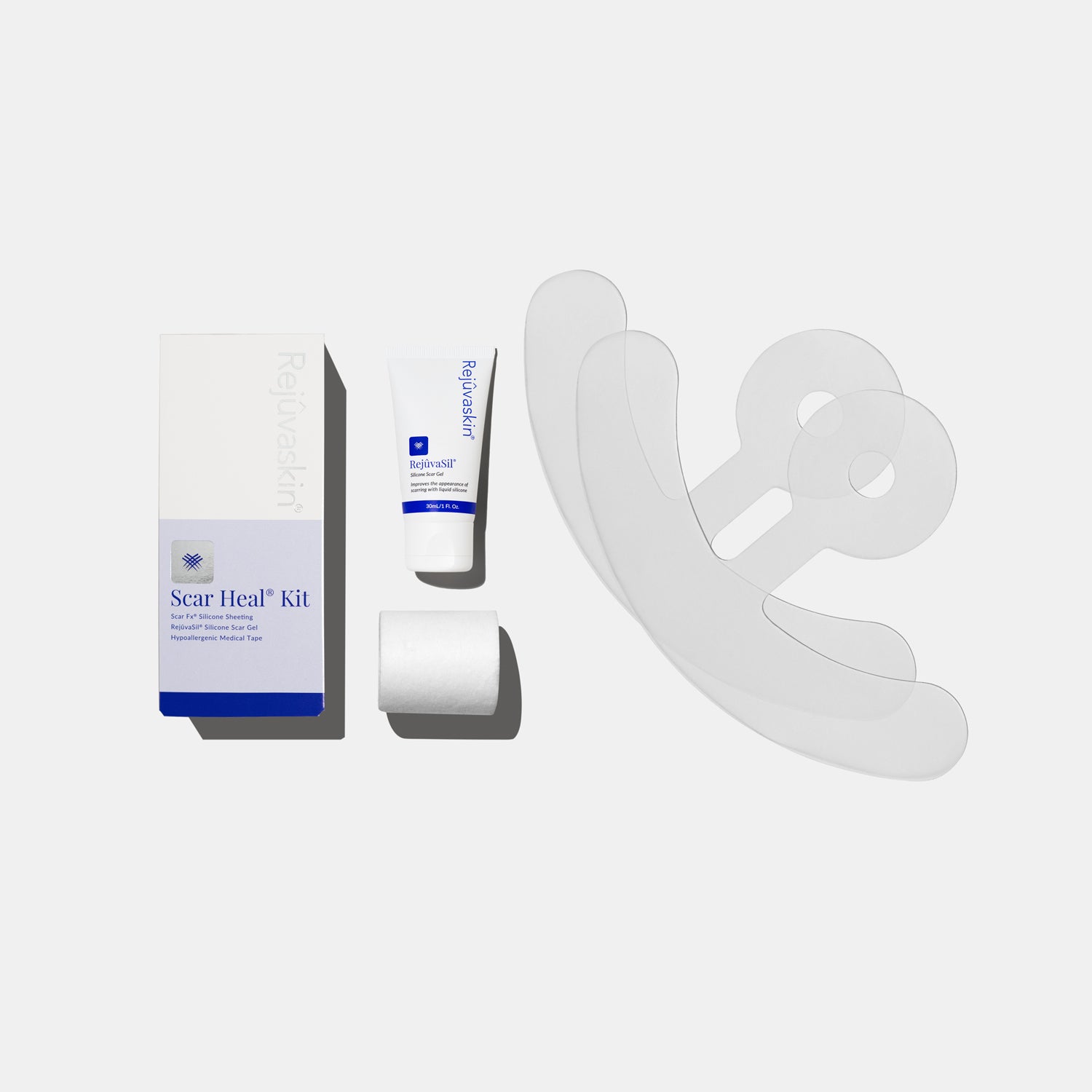
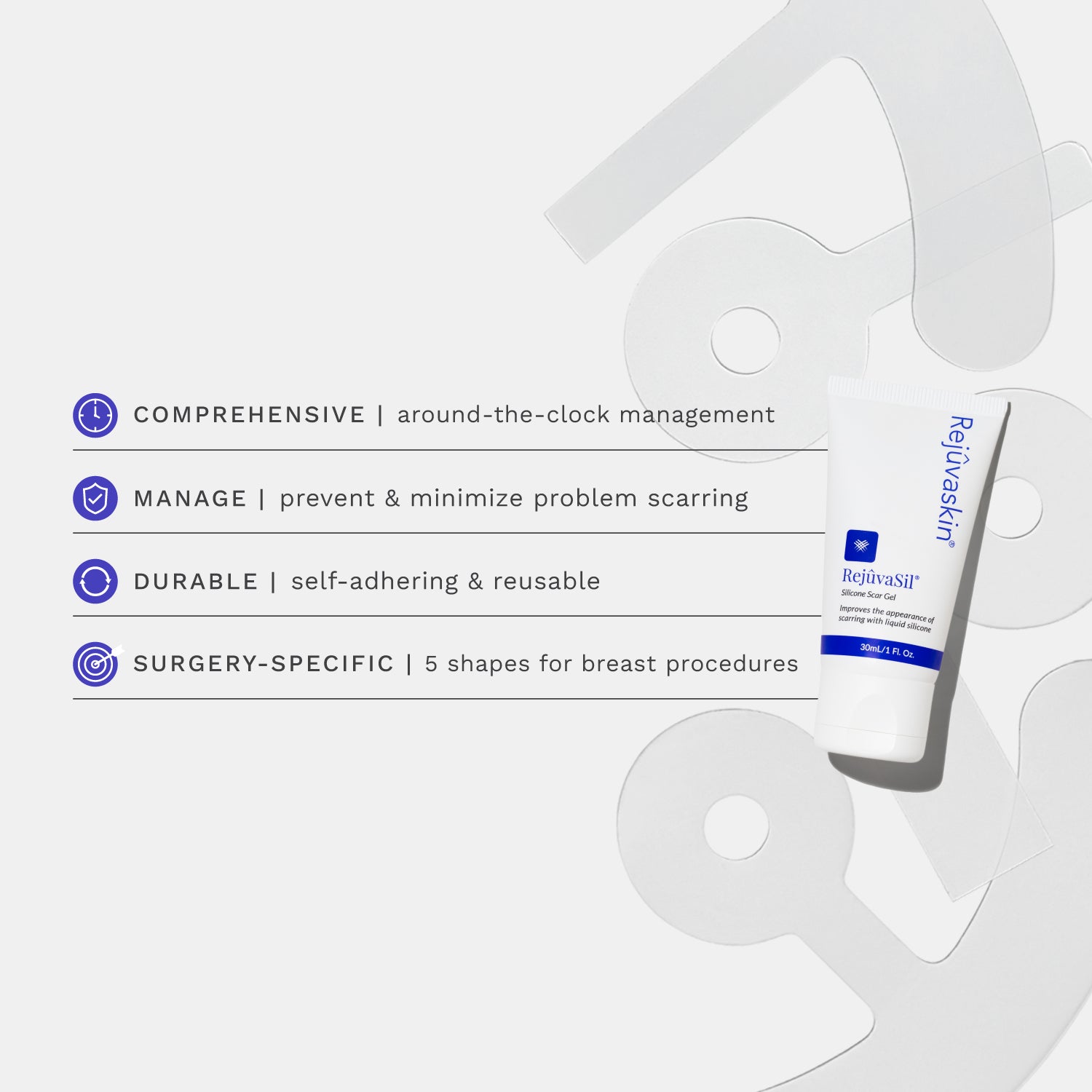

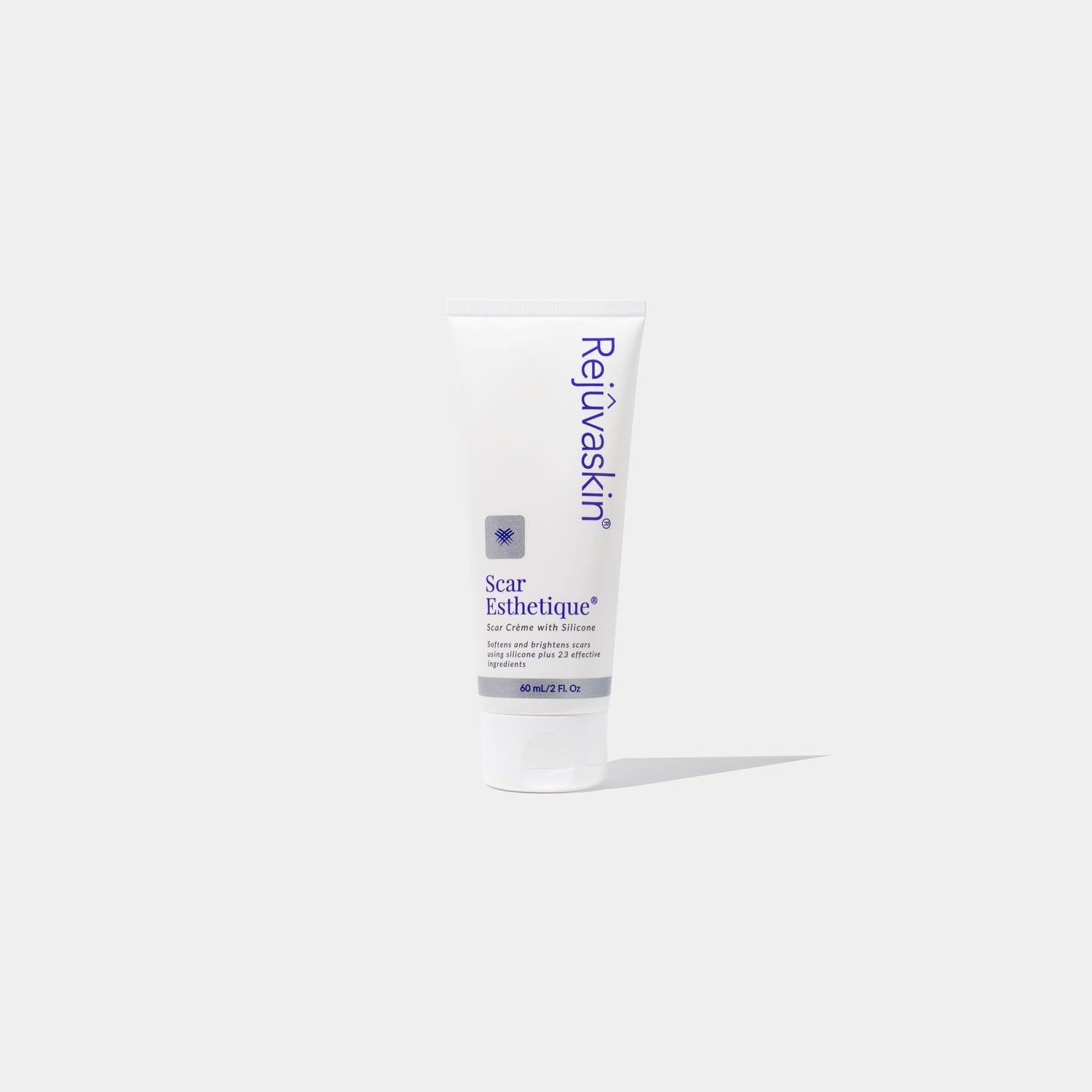
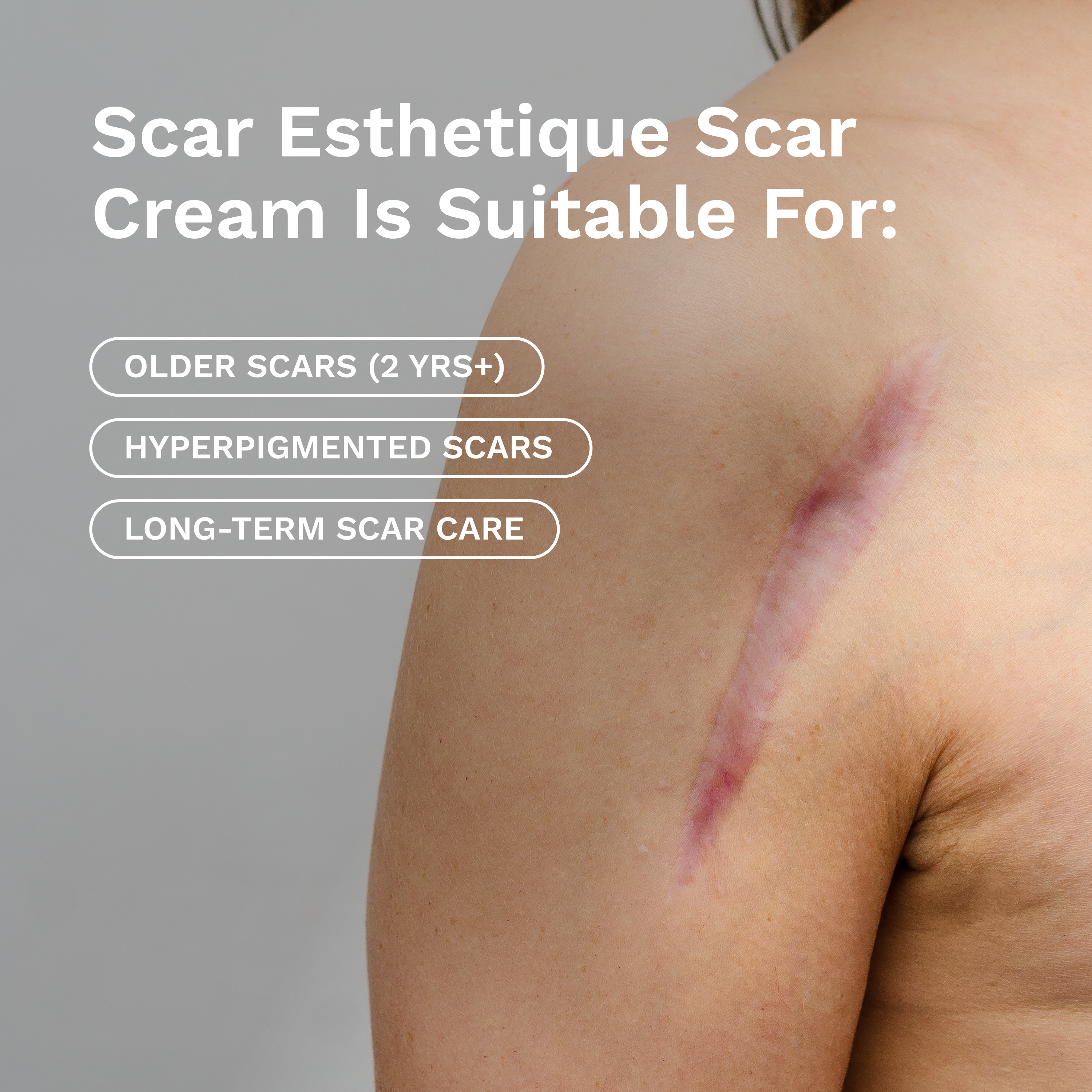








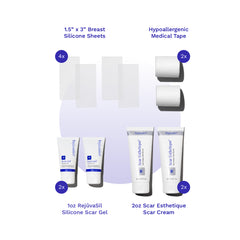
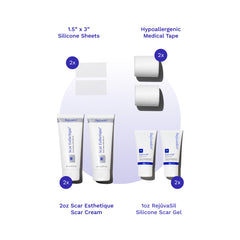

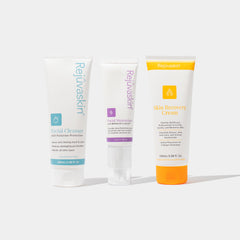

Leave a comment